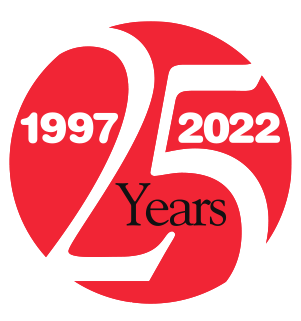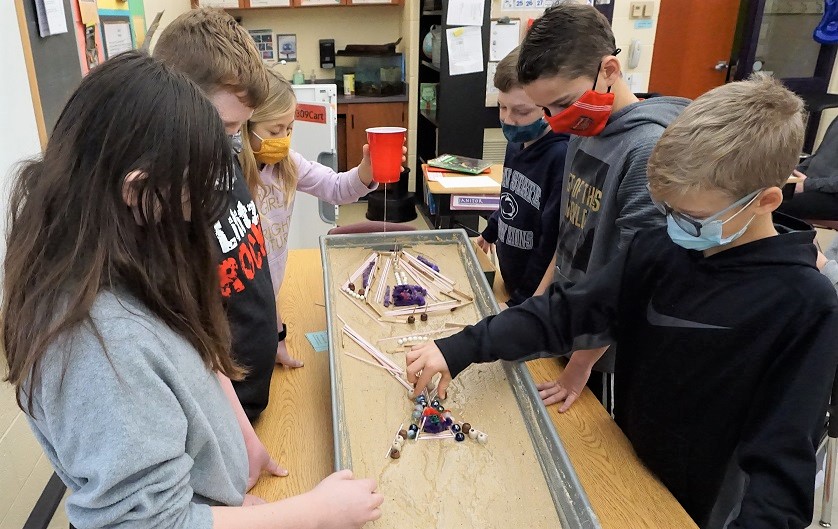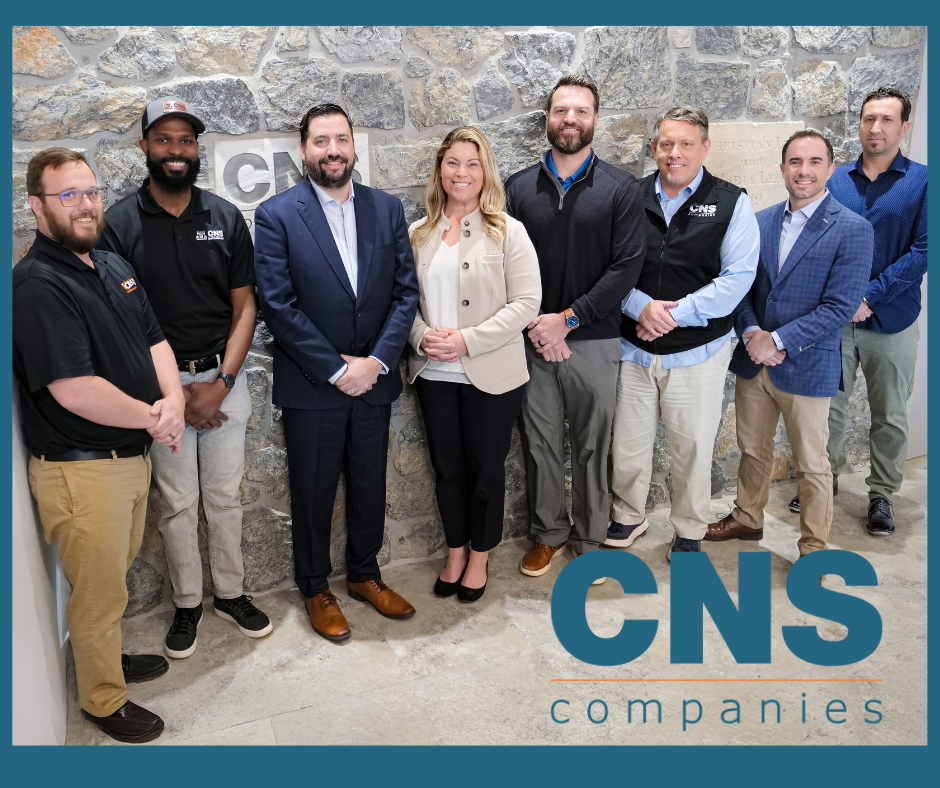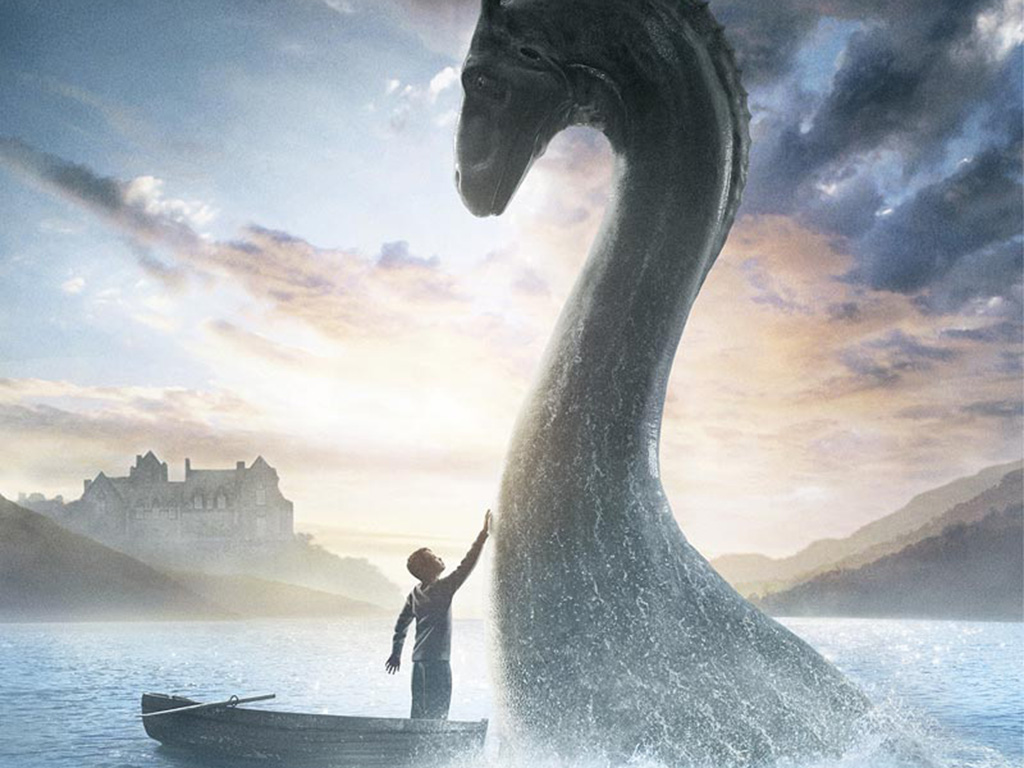
After a dark and stormy night, a mysterious egg on the beach.
February 25, 2021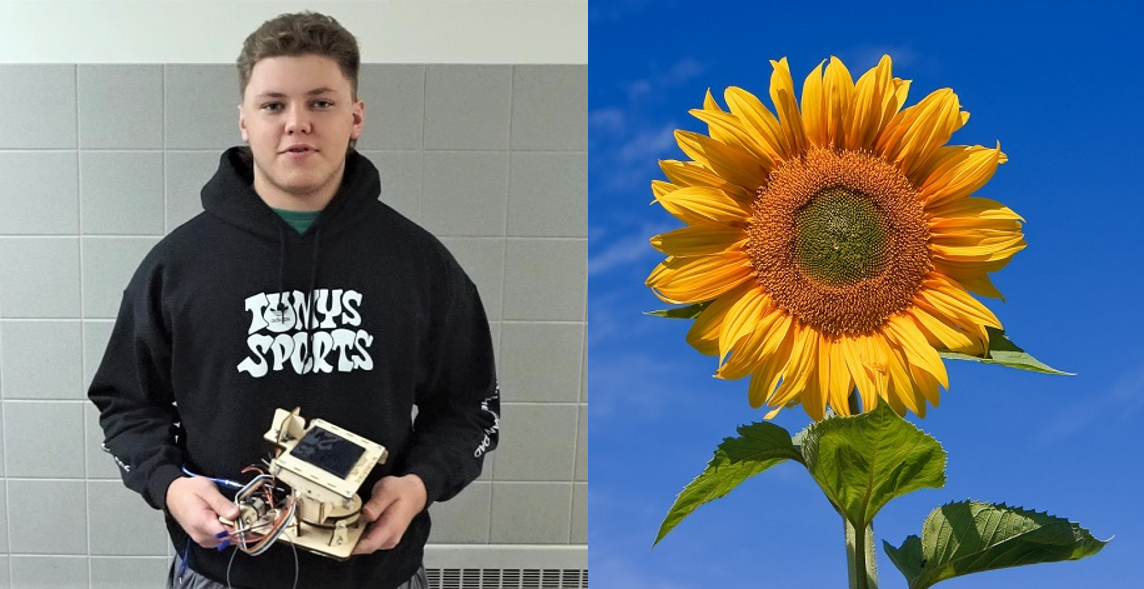
Let’s follow the sun
May 4, 2021Want to prevent Lititz Run erosion? Start with fifth-graders.
Hands-on learning about stream erosion is taking place in the fifth grades of all four Warwick elementary schools this year, thanks to a thousand-dollar grant from the Warwick Education Foundation, and through the initiative of science teachers Chad Felty of John Beck Elementary, Stacie Bardell of John R. Bonfield Elementary, Sarah Holton of Kissel Hill Elementary, and Dan Shelly of Lititz Elementary.
All four schools now have a stream table erosion lab; in his Lititz Elementary classroom, Dan reports great enthusiasm among his student experimenters.
The best STEM lessons aren’t always a textbook example.
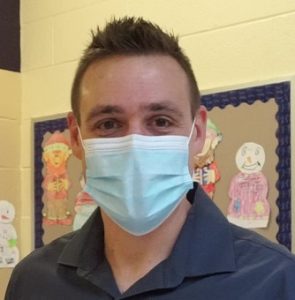 He says the new equipment lets the kids “develop ideas and strategies for preventing stream erosion” by building model structures in the sand bed, then testing their effectiveness by slowly pouring a measured amount of water at the elevated end of the table. As the water seeks a lower level, it quickly becomes clear what’s working and what’s not, which barriers kept the structures safe and where the water broke through.
He says the new equipment lets the kids “develop ideas and strategies for preventing stream erosion” by building model structures in the sand bed, then testing their effectiveness by slowly pouring a measured amount of water at the elevated end of the table. As the water seeks a lower level, it quickly becomes clear what’s working and what’s not, which barriers kept the structures safe and where the water broke through.
By raising or lowering a table end, any model the kids create shows the effect of gradient on the force of the water runoff. The steeper the slope, the faster the flow. To simulate greater rainfall or snowmelt, increasing the water volume likewise changes its impact.
“Tell me and I forget, teach me and I may remember,
involve me and I learn.”
—Benjamin Franklin
How will the science, math, and engineering skills Warwick fifth graders learn by doing shape their future choices? There’s a real-world parallel to classroom experiments. Previous Warwick High students put their knowledge into practice helping the Lititz Run Watershed Alliance monitor water quality in the stream and its tributaries.
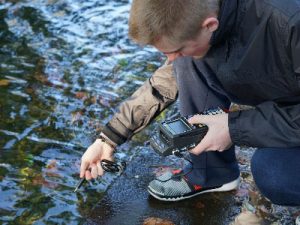 And if they settle here as adults, some might embrace the Alliance’s work of reducing stream pollution and preventing erosion via wetland creation, farmland conservation practices, planting trees and shrubs along the creek (riparian buffers), installing fish habitat devices, and removing dams so aquatic species can migrate freely.
And if they settle here as adults, some might embrace the Alliance’s work of reducing stream pollution and preventing erosion via wetland creation, farmland conservation practices, planting trees and shrubs along the creek (riparian buffers), installing fish habitat devices, and removing dams so aquatic species can migrate freely.
There’s no limit to the possible impact of your giving. After all, somebody’s got to look after those 3.5 million miles of American rivers and streams. And why not Warwick alumni leading the way? Will they become tomorrow’s microbiologists, environmental engineers, supervisors for the Warwick Township Municipal Authority?
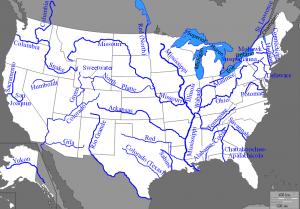 They won’t lack challenges. As the population keeps growing and freshwater stores become even more precious, water will emerge as an even greater issue.
They won’t lack challenges. As the population keeps growing and freshwater stores become even more precious, water will emerge as an even greater issue.
Or will they become infectious disease researchers protecting us from a future pandemic?
Excellence in education has never been more important. And more vital to the success of our community.
Thanks for all the ways you help.

